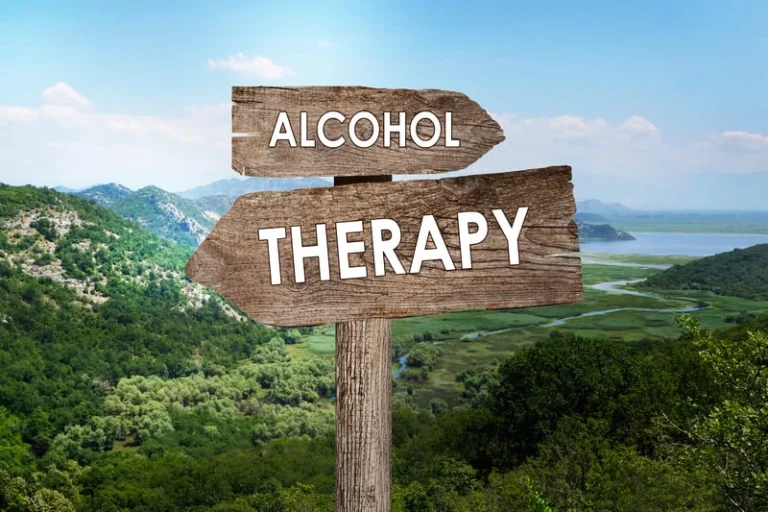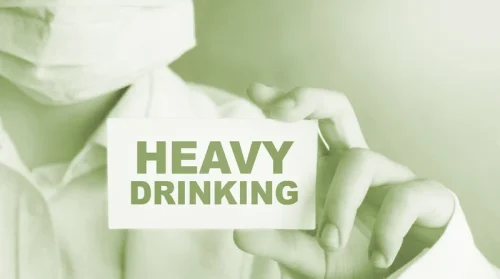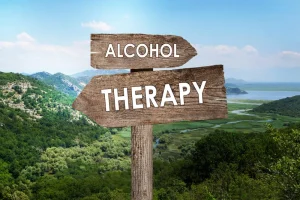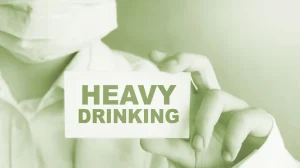How can prescription drug addiction be treated? National Institute on Drug Abuse NIDA

A 2007 study by researchers at the University of Michigan examined the prevalence of substance abuse in college students by race. Doctors prescribe stimulants to help with weight control and to treat concentration prescription drug abuse conditions such as ADHD. Today, they prescribe them for conditions such as ADHD, ADD, depression, and narcolepsy. Examples of stimulants are dextroamphetamine (Dexedrine, Dextrostat, ProCentra), lisdexamfetamine (Vyvanse), methylphenidate (Concerta, Daytrana, Methylin, Ritalin), and a mix of amphetamine and dextroamphetamine (Adderall).
What are anti-anxiety medications?
An outpatient rehab ensures that one is still present in the household and can always seek emotional support from family members unlike in an inpatient rehab whereby one secludes themselves. In terms of costs, outpatient rehabs are cheaper than inpatients since one doesn’t have to incur accommodation costs. Prescription drugs that are abused appear to come from a variety of sources, ranging Halfway house from prescriptions received by a doctor, to diversion from friends and family, to purchase through illicit markets.
Prescription Drug Individualized vs. Group Therapy
Legacy Healing Center, a trusted nationwide addiction treatment provider, offers comprehensive guidance on the history of the prescription pill crisis, the science of addiction, signs of misuse, detox, treatment options, and strategies for lasting recovery. Whether you or a loved one is struggling, help is available—and a healthier future is within reach. If you have co-occurring mental health and substance use disorders, you may choose a rehab that offers dual diagnosis treatment, consisting of individual or group therapy to address both conditions. The Recovery Village aims to improve the quality of life for people struggling with a substance use or mental health disorder with fact-based content about the nature of behavioral health conditions, treatment options and their related outcomes. We publish material that is researched, cited, edited and reviewed by licensed medical professionals. The information we provide is not intended to be a substitute for professional medical advice, diagnosis or treatment.
Risk factors

Once detox is complete, individuals should transition into an addiction treatment program that includes therapy, counseling, and long-term relapse prevention strategies. If you notice these signs or symptoms in someone you care about, they could be facing an addiction to prescription drugs and may require substance abuse treatment. The main factor separating outpatient treatment from inpatient is that outpatient rehabs are non-residential. If you participate in an outpatient prescription drug rehab program, you can live at home and attend treatment several days of the week for several hours per day.

For example, some individuals may remain on methadone or buprenorphine for several years, gradually tapering the dosage under medical supervision as they progress in their recovery. The decision to continue MAT long-term should be made in consultation with a healthcare provider, considering the individual’s progress, overall health, and treatment goals. Case studies and success stories highlight the effectiveness of combining MAT with behavioral therapies. For example, individuals who receive both MAT and CBT are more likely to achieve and maintain sobriety compared to those who receive MAT alone. By addressing both the physical and psychological aspects of addiction, this integrated approach provides a well-rounded treatment plan that supports long-term recovery. Cognitive-Behavioral Therapy (CBT) is one of the most commonly used behavioral therapies in conjunction with MAT.
- For many individuals, physical activity becomes essential to their daily routine, offering structure and a sense of accomplishment.
- For example, the OD2A program funds comprehensive laboratory testing, which allows us to identify emerging substances involved in nonfatal and fatal overdoses and quickly highlight geographic shifts in the illegal drug supply.
- The 12 steps involve admitting powerlessness over addiction, seeking help from a higher power, making amends for past wrongs, and committing to ongoing self-reflection and personal growth.
- PHP treatment near me offers outpatient addiction treatment as part of the treatment process for drug addiction.
- Stimulant detox (from drugs like Adderall or Ritalin) primarily focuses on managing psychological symptoms, such as depression, fatigue, and cravings.
- An adult partial hospital program offers comprehensive partial hospitalization services, providing group treatments assist patients with a range of needs.
- Meditation also provides individuals with a healthy way to process difficult emotions, such as guilt, shame, or anger, which are common in recovery.
- Holistic approaches can include various therapies, such as yoga, meditation, acupuncture, nutritional counseling, art therapy, and physical fitness programs.
- Continued use can lead to physical dependence and when use is reduced or stopped withdrawal.
- An outpatient provider can offer support groups and an intensive outpatient program to address behavioral health and mental health symptoms in everyday life.
Some individuals may require long-term use of MAT to manage chronic cravings and reduce the risk of relapse, particularly for those with severe or long-standing addiction. Because commonly abused prescription drugs activate the brain’s reward center, it’s possible to develop physical dependence and addiction. Some people fear that they may become addicted to medicines prescribed for medical conditions, such as painkillers prescribed after surgery. But you can reduce your risk by carefully following your health care provider’s instructions on how to take your medicine. Successful recovery requires a combination of structured treatment, therapy, support systems, and lifestyle changes.

Paying for Prescription Drug Rehab

Additionally, medications are used to help people detoxify from drugs, although detoxification is not the same as treatment and is not sufficient to help a person recover. Detoxification alone without subsequent treatment generally leads to resumption of drug use. Those who have completed detox, need structured support, and have co-occurring mental health issues can benefit from PHP.
